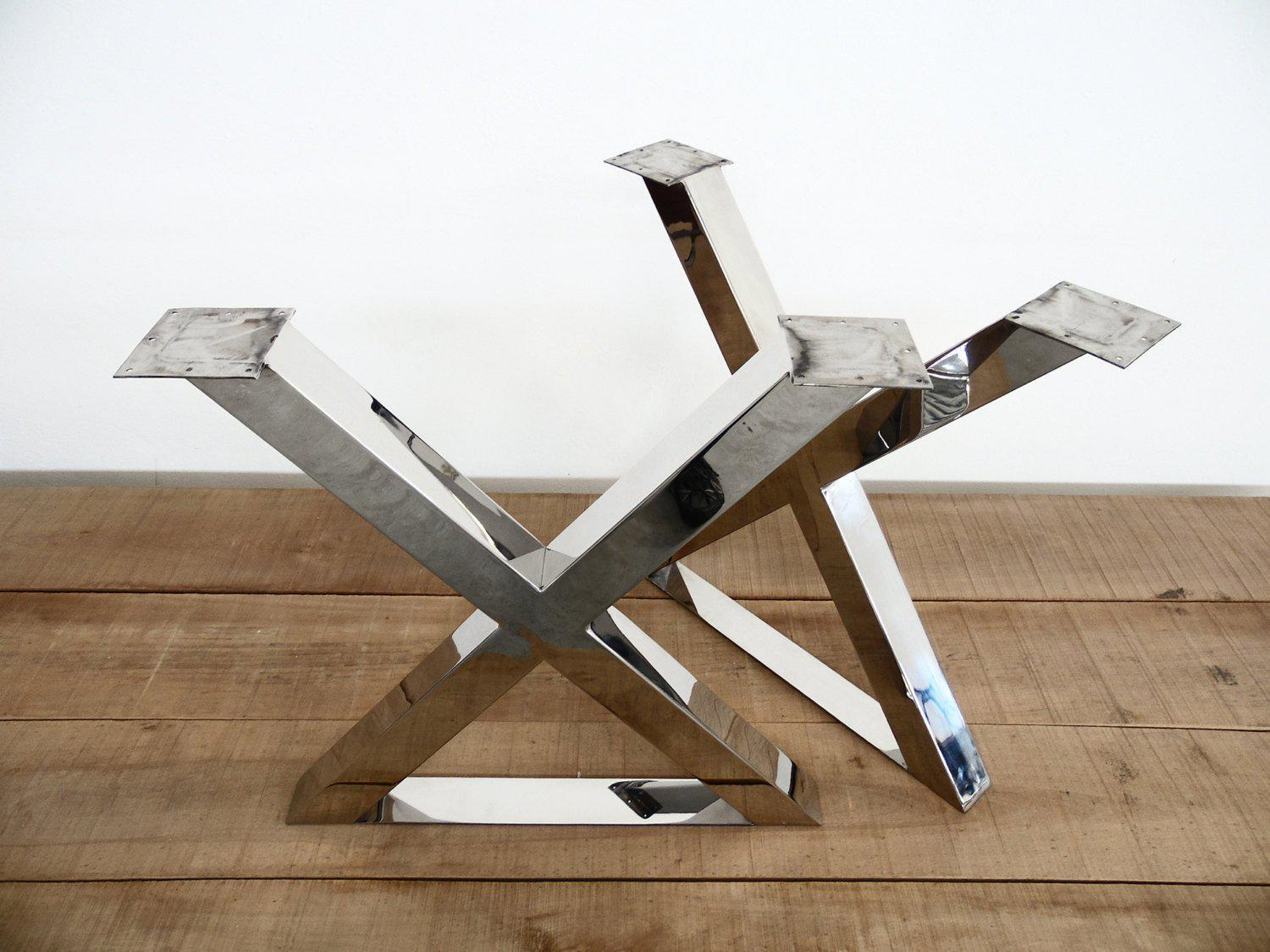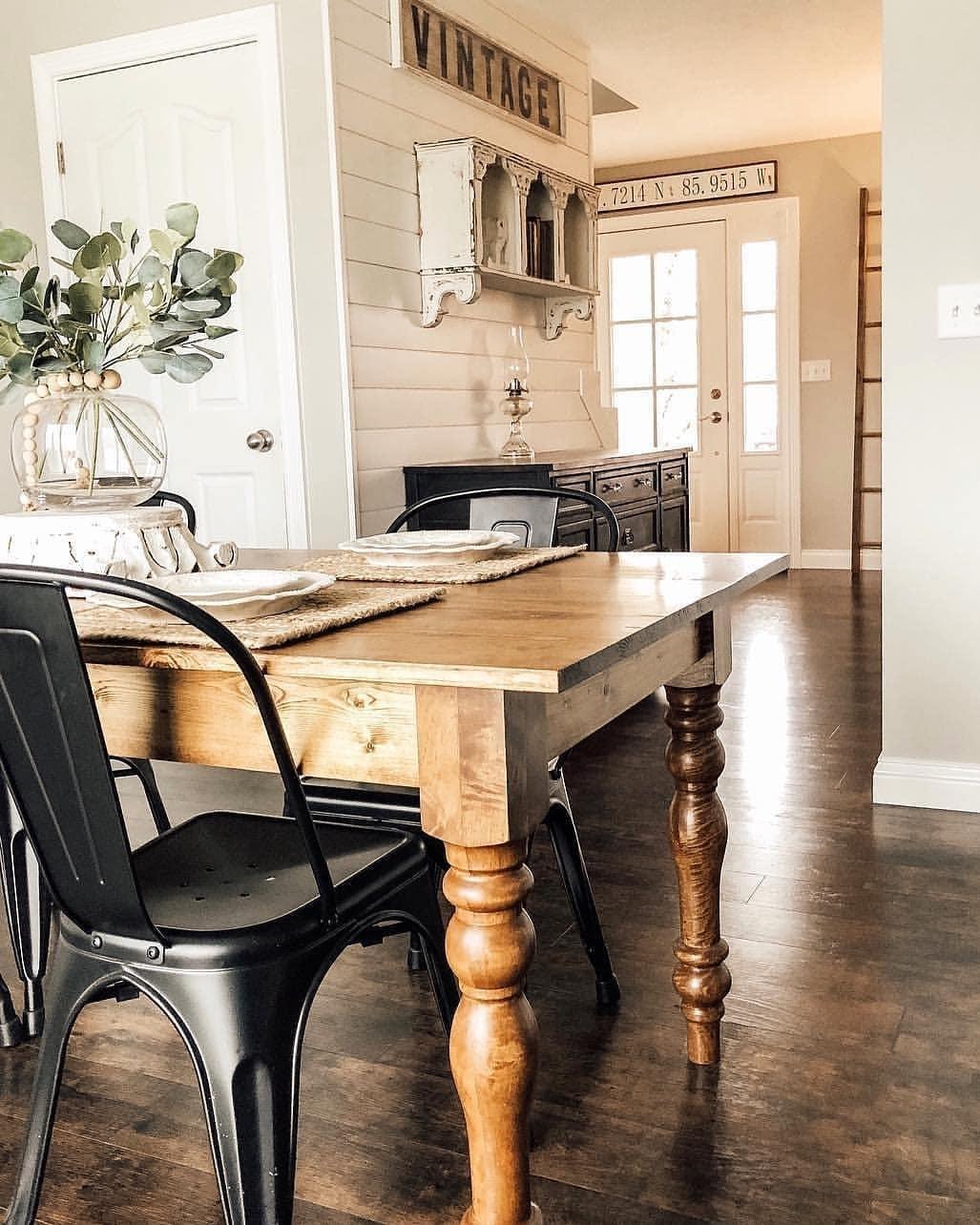Top Fads in Dining Room Table Legs to Raise Your Eating Area
Top Fads in Dining Room Table Legs to Raise Your Eating Area
Blog Article
Selecting the Perfect Dining Table: What Styles Work Best for Your Home?
Selecting the optimal eating table for your home can be a nuanced process that balances visual appeals and capability. To navigate these choices successfully and locate a table that truly matches your home, take into consideration the complying with facets in detail.
Examining Your Area
Examining the measurements and format of your dining location is a vital very first step in selecting the ideal eating table. Begin by gauging the length and size of the area, making up entrances, windows, and other architectural features that could influence table placement. This makes sure that your table not just fits however likewise enables comfy activity around it.
Consider the variety of individuals you commonly entertain. A table should accommodate your household's daily demands while offering sufficient flexibility for periodic visitors. As a regulation of thumb, allot at the very least 24 inches of table size each to make certain a comfy dining experience.
It's likewise important to maintain appropriate clearance around the table. Preferably, there must go to least 36 inches between the table side and wall surfaces or other furniture, enabling very easy gain access to and motion. For spaces where chairs with arms or added storage space systems like buffets are involved, raising this clearance to 48 inches is suggested.
Illumination and atmosphere play significant duties also. Make certain that your table aligns with existing lights fixtures or plan for ample illumination solutions. This thorough spatial evaluation guarantees that your dining table not just fits physically yet also integrates with your area's general capability and visual.
Popular Table Styles

Typical dining tables frequently include ornate details, curved legs, and rich timber finishes, stimulating a sense of ageless elegance. They are excellent for homes with timeless design or those looking to add a touch of sophistication to their dining location.
Modern eating tables prioritize simpleness and clean lines, usually incorporating products like glass and metal. These tables are suitable for contemporary spaces, offering a sleek and minimalist appearance that complements minimal layout approaches.
Rustic dining tables, on the other hand, stress natural materials and a handmade appearance - dining room table legs. They typically feature redeemed timber and a distressed coating, producing a warm and welcoming atmosphere. These tables function well in farmhouse-style homes or those seeking a cozy, natural feel
Industrial eating tables combine raw products such as metal and timber, commonly showcasing an utilitarian aesthetic. This design is appropriate for lofts or metropolitan spaces, including a touch of tough beauty and resilience to the eating experience.
Each style uses distinctive advantages, making it important to choose one that lines up with your home's total style and your personal choices.
Product Options
When selecting an eating table, the option of material plays a crucial function in identifying both the table's looks and performance. Timber, metal, glass, and composite products each deal distinct advantages and challenges, making it imperative to line up the material with your home's style and lifestyle requirements.
Timber is a timeless and flexible alternative, readily available in varieties such as oak, walnut, and mahogany. Known for its longevity and warmth, wood matches both typical and contemporary interiors. Nevertheless, it needs normal maintenance to protect against scrapes and bending.
Steel tables, frequently crafted from stainless-steel, aluminum, or wrought iron, are commended for their contemporary appeal and robustness. They are particularly matched for commercial or minimal setups yet can be vulnerable to damages and might really feel cool to the touch.
Glass eating tables bring an air of style and visibility, perfect for smaller sized spaces as they produce an impression of more space. While simple to tidy, glass can be at risk to spots and calls internet for mindful taking care of to stay clear of chips and fractures.
Composite materials, such as MDF and plywood, offer cost-efficient and adjustable services, though they may lack the durability of natural materials. Picking the ideal material ensures your dining table is both a useful property and an aesthetic pleasure.
Shape and Dimension Factors To Consider
After determining the proper material for your eating table, the following factor to consider is selecting the ideal form and dimension to suit your area. On the other hand, rounded tables promote a sense of affection and are excellent for smaller eating areas, urging conversation by removing edges and making every person really feel just as consisted of.
As a policy of thumb, allocate at the very least 24 inches of table size per individual to ensure comfy eating. Additionally, consider the table's clearance space: there ought to be at least 36 inches between the table edge and the walls or other furnishings. Extending tables offer flexibility if you frequently host larger gatherings, giving added seats when required without occupying extra room daily.
Matching Your Style
Picking a table that harmonizes with your existing style is essential in creating a natural and welcoming room. Begin by examining your existing interior decoration style, whether it be modern, conventional, rustic, or diverse. The dining table should enhance the total aesthetic, not compete with it. A sleek, minimal table link with clean lines is suitable for a modern home, while a vintage, luxuriant table fits an extra typical setting.
If your decor features cozy tones and all-natural products, consider a wooden table to enhance the organic feel. On the other hand, a glass or steel table might be much more appropriate in an area controlled by cool colors and read this industrial aspects.
Structure plays a vital function. A rough-hewn, redeemed timber table can include personality to a rustic space, while a refined marble surface can boost a lavish dining area. Finally, consider the range and percentage of the table in connection with the area dimension and existing furnishings. A well-matched eating table not only enhances visual allure yet additionally enhances the general dining experience.

Conclusion
Picking the perfect dining table necessitates careful consideration of space, style, materials, form, and dimension. Typical tables enhance timeless insides with abundant wood coatings, while modern-day tables match modern setups via glass and steel.
Report this page